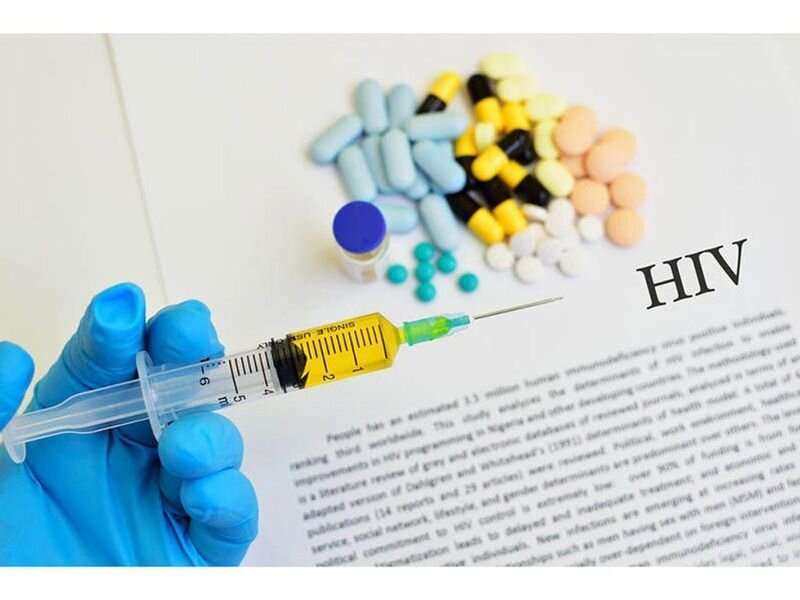About half were randomly assigned to take a regimen of pills known as Truvada, which entails a specific combination of several antiretroviral drugs. A second pill regimen known as Descovy is also now available.
The remaining patients received a single 600 milligram shot of cabotegravir, a long-acting antiretroviral cocktail.
After being tracked for three years, a total of 52 participants were newly diagnosed with HIV. Of those, 39 were in the pill group, while just 13 were in the injection group.
And Landovitz said solving the “adherence problem” aside, there is another important upside to the injectable option: discretion.
No matter how it’s taken, “PrEP as a concept is empowering,” Landovitz noted, “because it allows someone who may or may not have a say in the decision to have sex, or whether a condom is used, to protect themselves against HIV infection. And for people who — for many reasons — cannot, do not or will not use condoms, PrEP is HIV prevention.”
But shots, he said, are a better means for achieving those ends, because “you don’t have to carry around a pill bottle and risk someone making judgments about why you might be on it, what it might mean, or even cause partners to become upset or violent.”
So when might the injections become available?
Landovitz noted that his team’s approach is now under review at the U.S. Food and Drug Administration, with a decision expected by the end of this year or early 2022.
That would make cabotegravir the first of several versions of injectable PrEP already in the pipeline.
It’s likely to have the added benefit of increasing the pool of at-risk patients who decide to adopt PrEP protection in the first place, said Quarraisha Karim. She’s a professor of epidemiology at Columbia University in New York City, and she authored an accompanying editorial.
In her editorial, Karim characterized the need to stick to a pill regimen as a “major drawback” of the oral form of PrEP, and views an injectable option as being “well suited to persons who are unable to adhere to a daily tablet regimen.”
Which is all to the better because “PrEP coverage needs to increase substantially to achieve the worldwide goal for reducing HIV infection,” she wrote.
“Expanding PrEP options with longer-acting formulations such as injectable cabotegravir is a step in the right direction on the path to ending AIDS as a public health threat,” Karim added.
More informationThere’s more on PrEP at the U.S. Centers for Disease Control and Prevention.
Copyright © 2021 HealthDay. All rights reserved.

